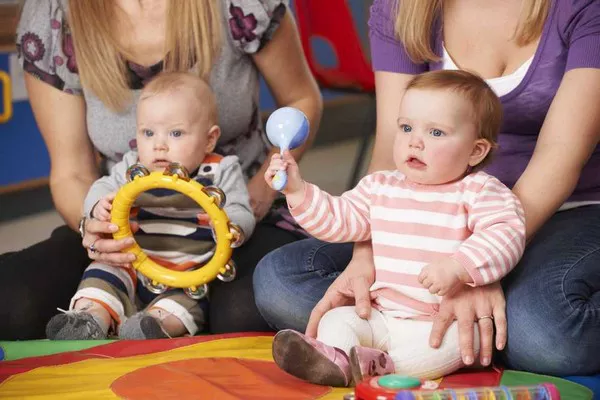The six-month mark is an exciting time in a baby’s life, as they continue to grow and develop at a rapid pace. Understanding what is considered normal behavior for a six-month-old is essential for parents and caregivers to provide appropriate support and nurture their child’s development. This article offers a comprehensive guide to the typical behavior and milestones observed in six-month-old babies, highlighting their physical, cognitive, and social-emotional progress.
1.Motor Skills and Physical Development
At six months old, babies show significant advancements in their motor skills and physical abilities. Here are some key behaviors commonly observed:
Rolling and Sitting: Many six-month-olds have mastered rolling over from their back to their tummy and vice versa. They may also be able to sit with support or momentarily sit independently before toppling over.
Increased Mobility: Some babies may begin to show signs of early crawling, such as pushing up on their hands and knees or scooting across the floor using their arms and legs.
Improved Hand-Eye Coordination: Six-month-olds demonstrate improved hand-eye coordination and fine motor skills. They can reach for and grab objects, transfer toys from one hand to another, and bring objects to their mouth.
2.Cognitive Development and Exploration
At this stage, babies are eager to explore the world around them and actively engage with their environment. Here are some typical cognitive behaviors observed in six-month-olds:
Object Permanence: Around six months, babies begin to develop a sense of object permanence. They understand that objects continue to exist even when out of sight. This newfound awareness contributes to their curiosity and exploration.
Babbling and Vocalization: Six-month-olds engage in more extensive vocalizations, experimenting with different sounds and syllables. They may start babbling consonant-vowel combinations (e.g., “ba-ba” or “da-da”) and respond to sounds or voices with coos and gurgles.
Interest in Cause and Effect: Babies at this age show a growing interest in cause and effect relationships. They may enjoy dropping objects to observe the sound or reaction it produces or repetitively pressing buttons to activate lights or sounds on toys.
3.Social-Emotional Development and Communication
At six months, babies begin to develop deeper connections with their caregivers and demonstrate emerging social-emotional skills. Here are some typical social-emotional behaviors:
Recognizing Familiar Faces: Six-month-olds display an increased ability to recognize and show preference for familiar faces, particularly their primary caregivers. They may smile, laugh, or babble when they see familiar people.
Engaging in Social Play: Babies at this age enjoy interactive play and engage in social exchanges with their caregivers. They may initiate games like peek-a-boo, imitate facial expressions, or respond to playful interactions with laughter and vocalizations.
Expressing Emotions: Six-month-olds start to express a wider range of emotions, including joy, frustration, and curiosity. They may demonstrate excitement by kicking their legs and waving their arms when happy, or show frustration by crying or whining when they have unmet needs.
4.Sleep Patterns and Routine
By six months, babies typically begin to establish more predictable sleep patterns and may have more regular napping and bedtime routines. While sleep patterns can vary among babies, here are some general observations:
Sleeping Through the Night: Many six-month-olds can sleep for longer stretches at night, with some achieving the milestone of sleeping through the night (around six to eight hours without waking for feeds).
ConsistentNapping Schedule: Six-month-olds usually have a more predictable nap schedule, with two to three naps during the day, typically lasting around 1-2 hours each.
Bedtime Routine: Establishing a consistent bedtime routine is beneficial at this age. It can include activities such as a warm bath, quiet playtime, reading a book, and soothing activities to help signal to the baby that it’s time to sleep.
conclusion
understanding what is considered normal behavior for a six-month-old is essential for parents and caregivers. At this stage, babies show significant advancements in their motor skills, cognitive abilities, social-emotional development, and sleep patterns. They demonstrate rolling, sitting, and improved hand-eye coordination. They engage in vocalization, demonstrate interest in cause and effect, and begin to recognize familiar faces. Their sleep patterns become more predictable, with longer stretches of sleep at night and regular napping during the day. By recognizing and supporting these typical behaviors, parents can provide a nurturing environment that promotes their baby’s continued growth and development.


